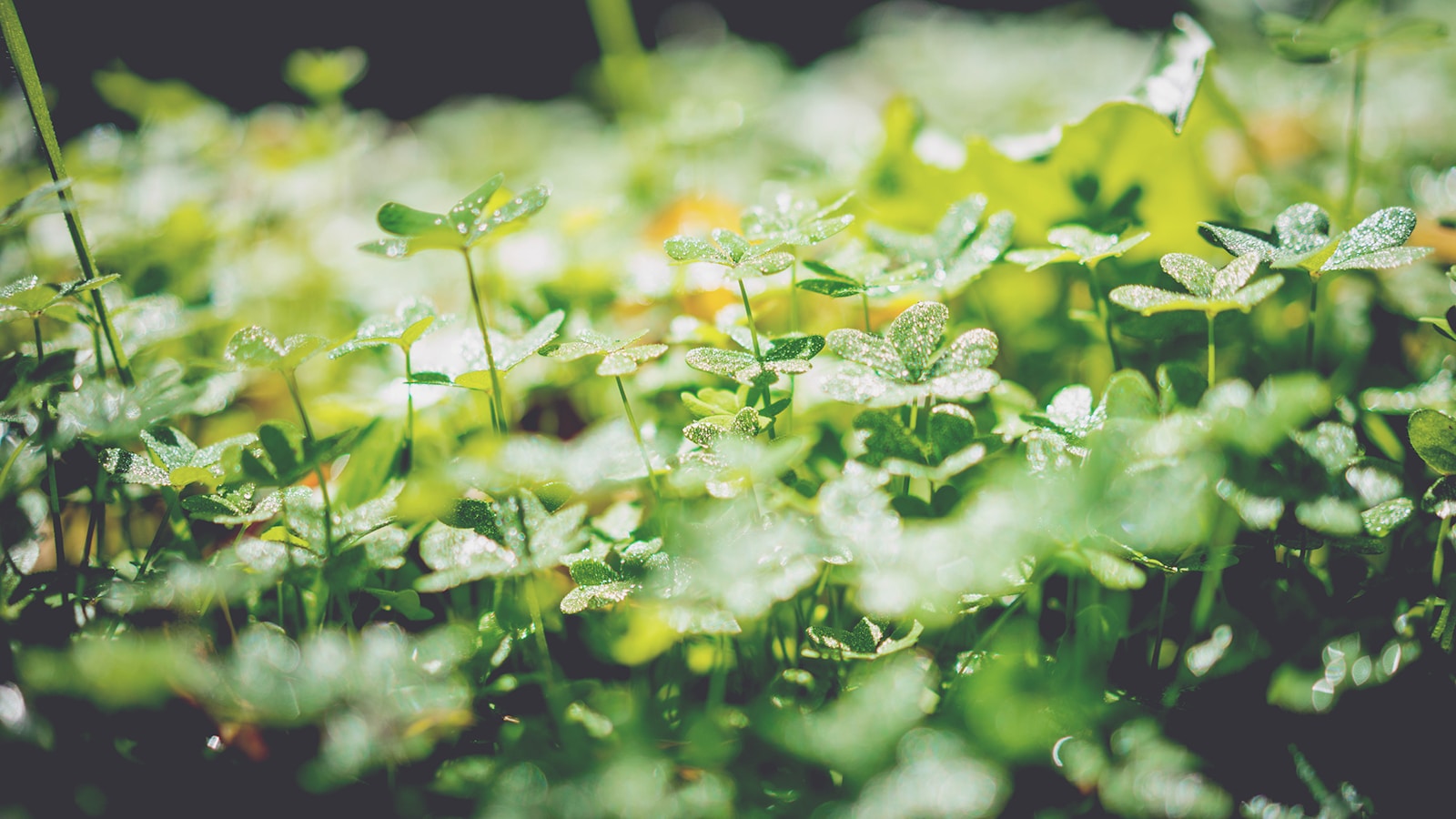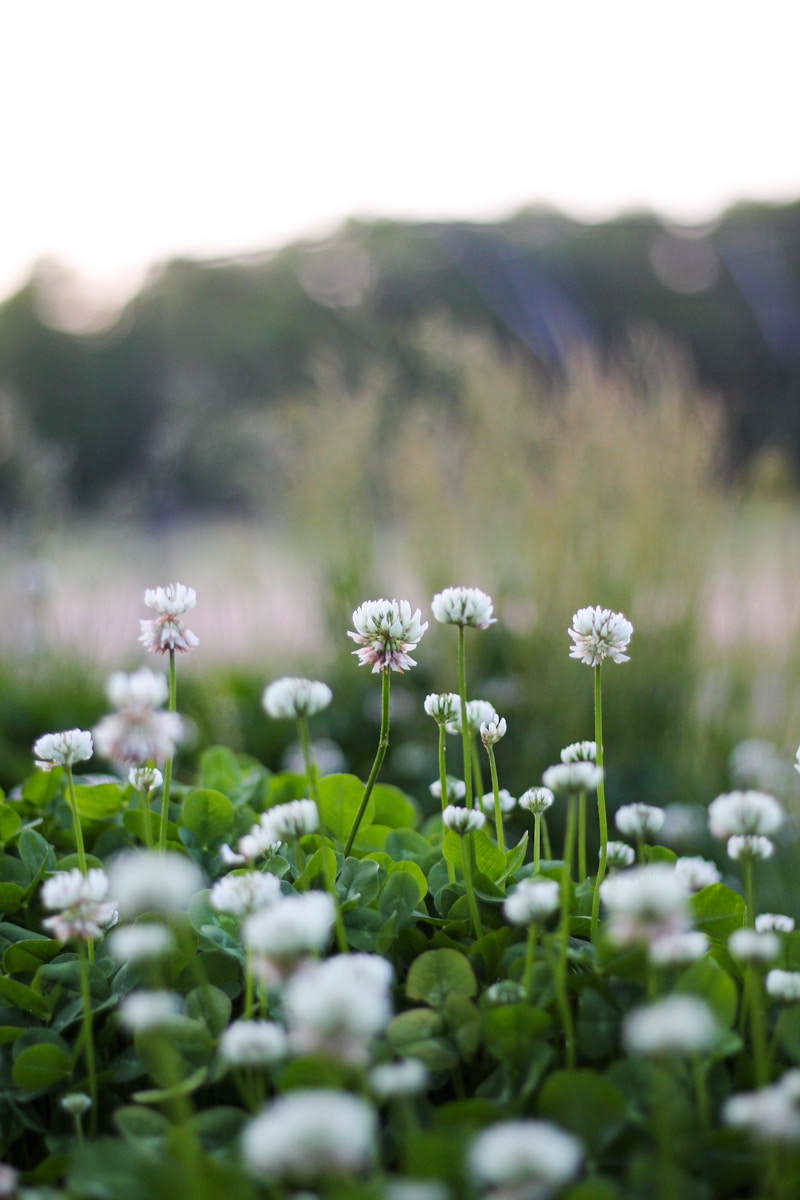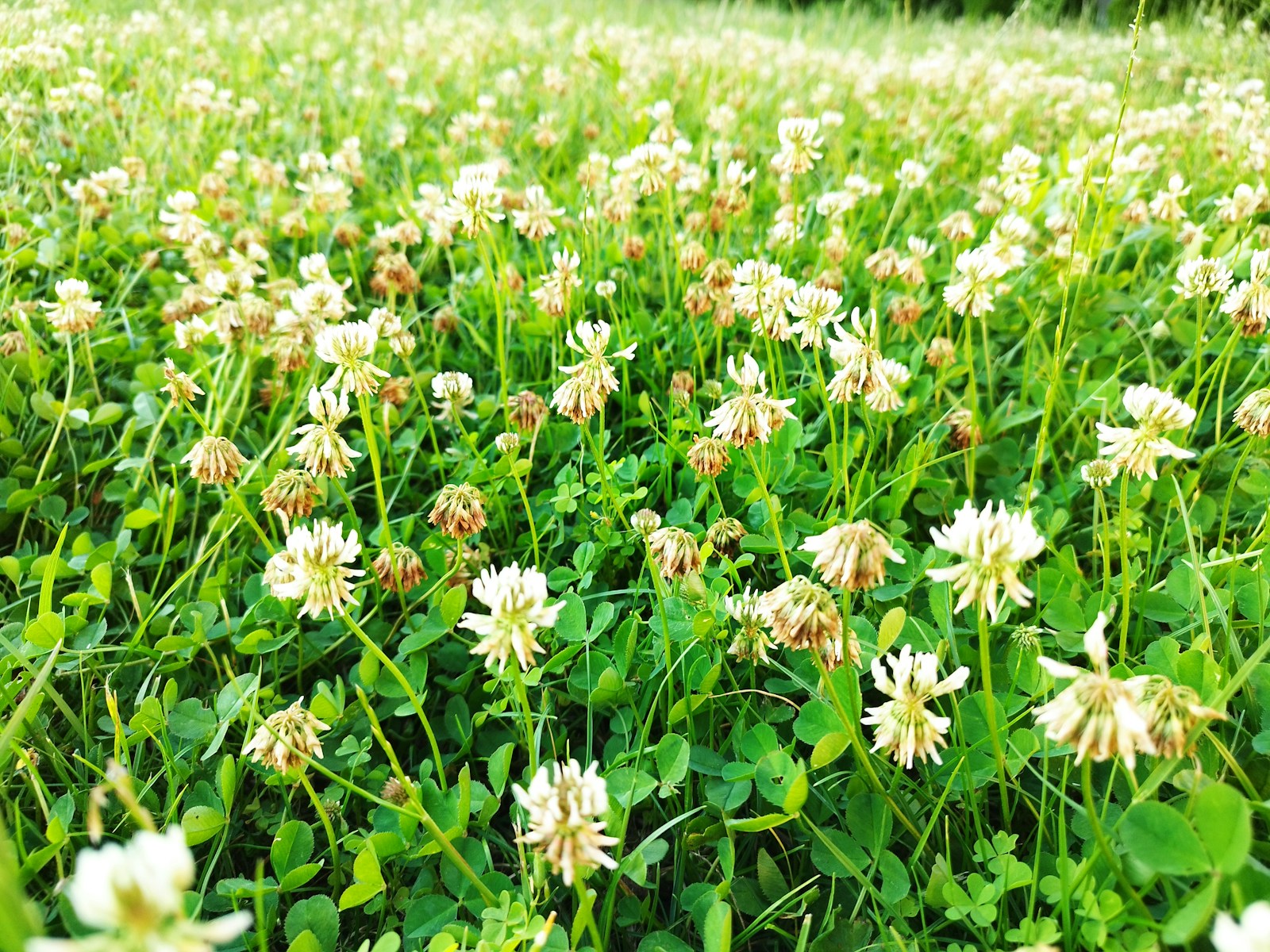Maintaining a lush, green lawn requires diligence and attention to detail, especially when it comes to managing weeds. Among the many invaders that can wreak havoc on lawns, nutsedge and crabgrass stand out as particularly troublesome. In this article, we’ll explore the key differences between nutsedge and crabgrass, helping homeowners identify and effectively manage these pesky lawn weeds.
Nutsedge vs. Crabgrass: Identification and Characteristics
Nutsedge, also known as nutgrass or watergrass, is a perennial weed that thrives in moist, poorly drained soil. It’s characterized by triangular stems, glossy leaves arranged in sets of three, and distinctive tuberous roots or rhizomes. On the other hand, crabgrass is an annual grassy weed with spreading stems that form low-growing, wiry clumps. It features light-green leaves with pointed tips and produces seed heads that resemble tiny crab claws, hence its name.
Growing Conditions and Habitats
Nutsedge prefers wet or poorly drained areas, such as along irrigation ditches, pond edges, or low-lying sections of the lawn. It can tolerate both sun and shade and is commonly found in lawns with excessive moisture or irrigation. In contrast, crabgrass thrives in compacted soil and areas with sparse turf cover, such as along driveways, sidewalks, and bare patches in the lawn. It’s more prevalent in sunny, dry conditions and can quickly spread via prolific seed production.
Challenges Posed by Nutsedge and Crabgrass
Both nutsedge and crabgrass present challenges for homeowners striving to maintain a healthy, weed-free lawn. Nutsedge’s rapid growth and ability to outcompete desirable turfgrass species can quickly lead to unsightly patches in the lawn, while crabgrass’s prolific seed production and aggressive spreading habit can overtake thin or stressed turf, creating a patchy appearance.
Effective Management Strategies
To effectively manage nutsedge and crabgrass in your lawn, consider the following strategies:
- Cultural Practices: Improve soil drainage and reduce irrigation frequency to discourage nutsedge growth, and promote dense, healthy turf through proper mowing, watering, and fertilization practices to inhibit crabgrass establishment.
- Manual Removal: Hand-pulling or digging out nutsedge and crabgrass plants, along with their root systems, can be effective for small infestations or isolated patches.
- Chemical Control: Selective herbicides formulated specifically for nutsedge and crabgrass control can provide targeted treatment options for larger infestations. Follow label instructions carefully and apply herbicides when the weeds are actively growing for optimal results.
- Preventive Measures: Implement preventive measures such as overseeding with competitive grass species, maintaining proper soil pH and fertility levels, and using pre-emergent herbicides to inhibit crabgrass seed germination.
While nutsedge and crabgrass may present challenges for homeowners striving for a pristine lawn, proactive management strategies can help keep these pesky weeds in check. By understanding the differences between nutsedge and crabgrass and implementing effective control measures tailored to each species, homeowners can reclaim their turf and enjoy a lush, healthy lawn year-round. Remember, persistence and diligence are key in the ongoing battle against lawn weeds, ensuring a landscape that’s the envy of the neighborhood.


